Land Rover has bucked the industry trend during the pandemic-induced shutdowns by launching two vital new models: the Discovery Sport PHEV and Range Rover Evoque PHEV.
Available to order now, the plug-in hybrid variants are arguably as important as the new Defender in terms of sales, because they’re targeted at the lucrative fleet markets. With no electric Land Rover available yet, they will also have a huge impact on reducing the brand’s fleet average CO2 emissions, which must be done in order to avoid fines from the EU.
Designed and engineered entirely in-house, the SUVs are described by Land Rover PHEV vehicle engineering manager Chris Carey as featuring “all brand new tech” produced in a “huge engineering effort”.
Work on the powertrain began in 2016 and was done in parallel with the creation of the Premium Transverse Architecture (PTA), which made its debut last year in the new Evoque and heavily updated Discovery Sport.
Both PHEV models, dubbed P300e, combine a new 197bhp turbocharged three-cylinder 1.5-litre Ingenium petrol engine with an eight-speed automatic gearbox and a 107bhp electric motor mounted on the rear axle. That links to a Samsung-sourced 15kWh battery pack. The result is a combined system output of 296bhp, with total (rather than combined) torque quoted at 398lb ft.
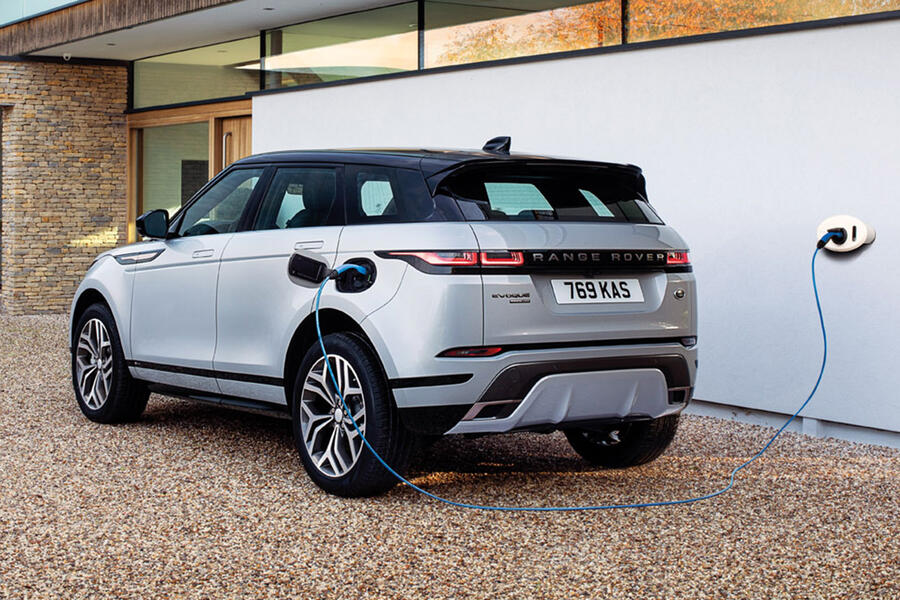


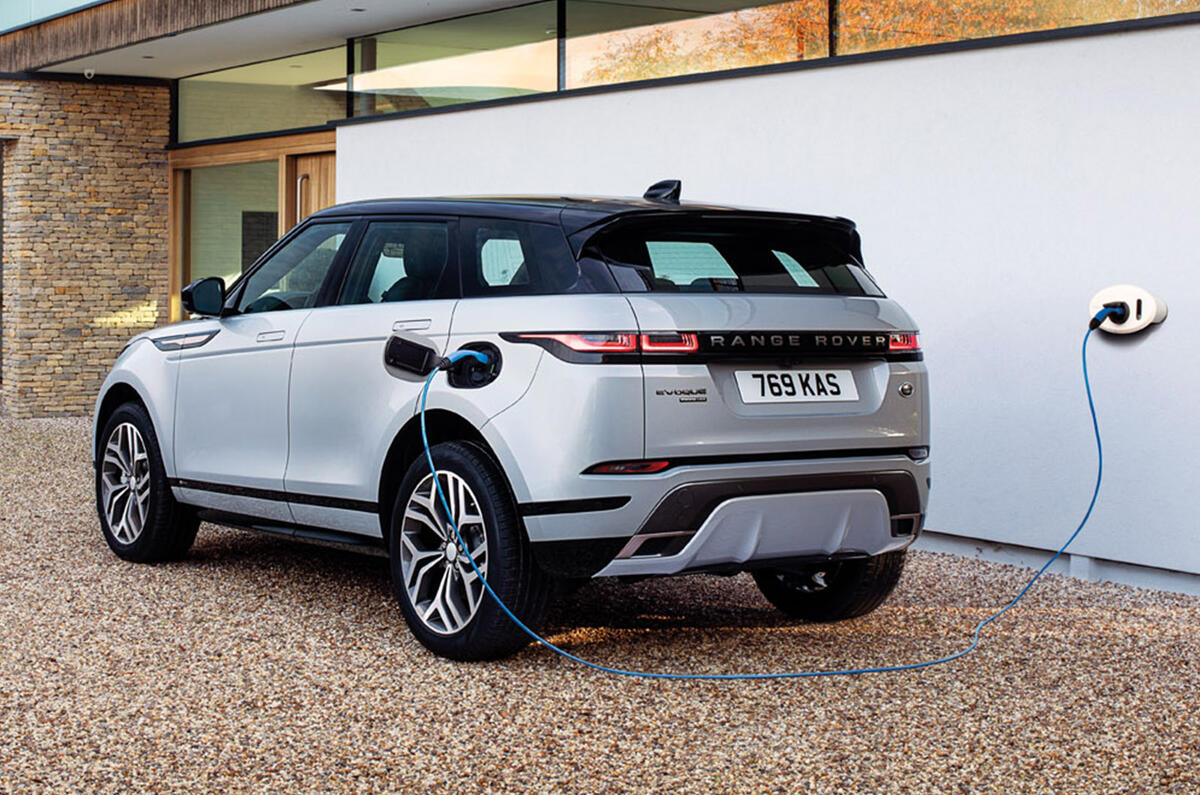
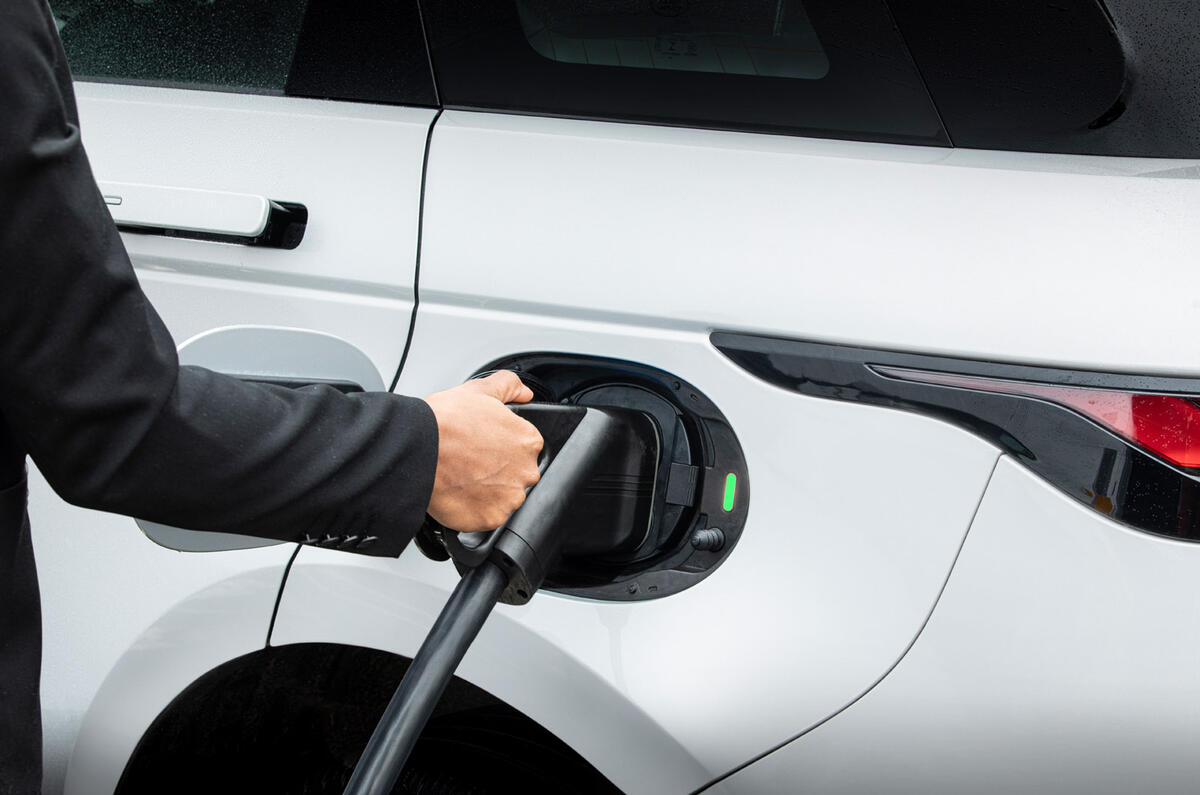
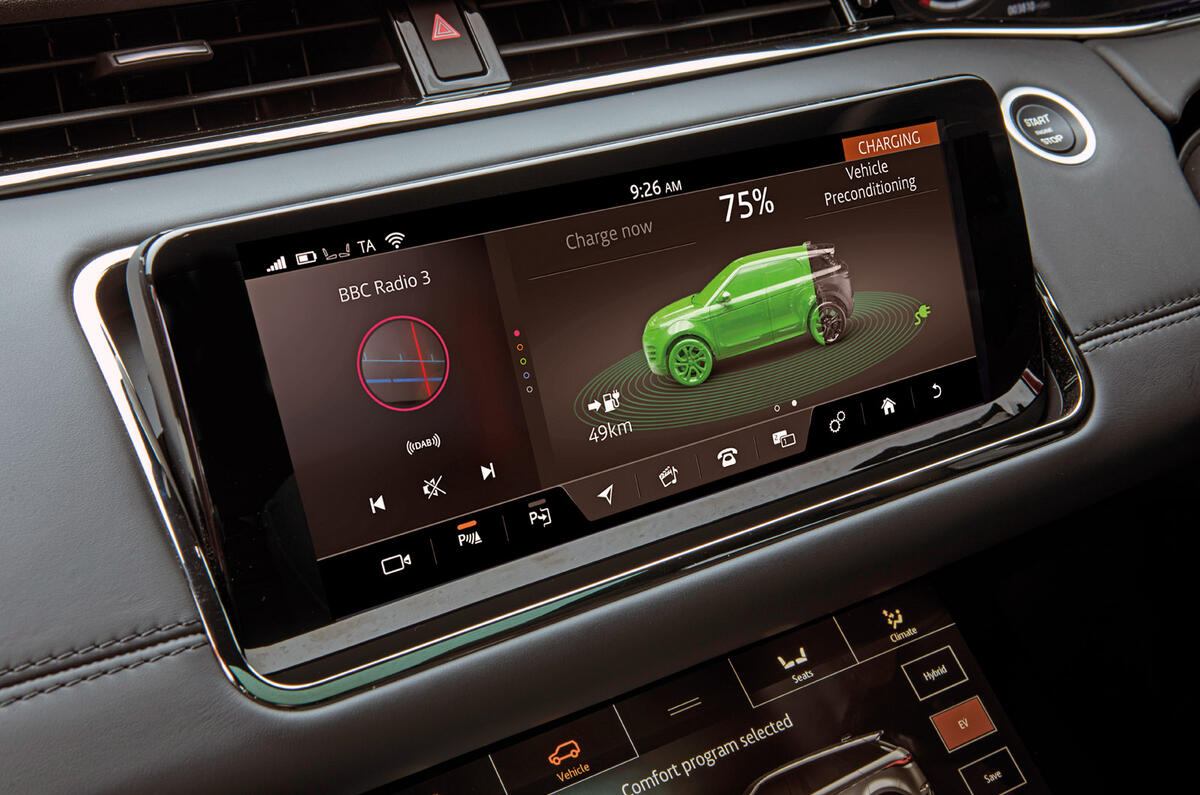


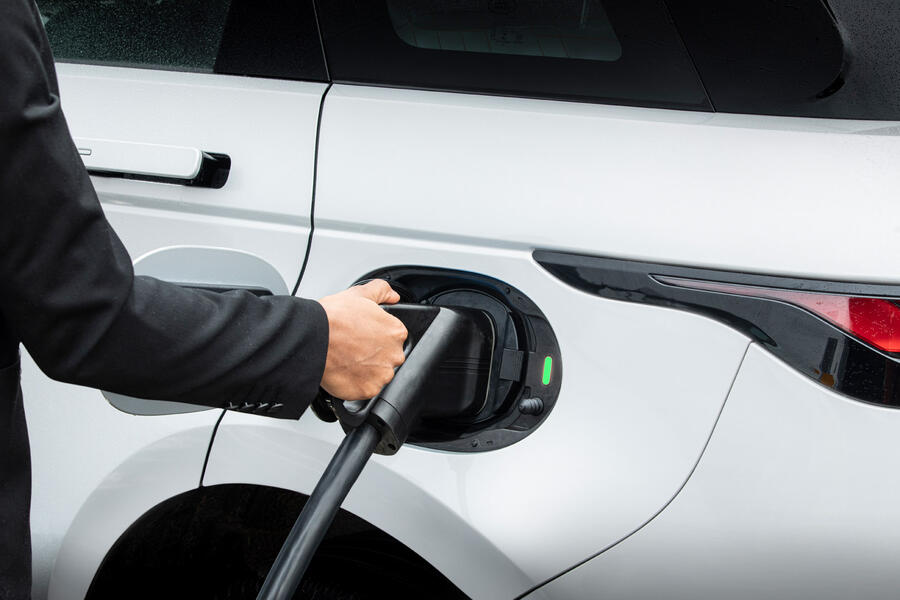

Join the debate
tuga
Velar
Have they forgotten it exists? It should have been the first car in their line up to get a PHEV version.
Paul Dalgarno
Little detriment to the 4 cylinder...
The 4 cylinder is already miles behind in refinement, so this is a little worse.
How much does this monstrosity weigh?
adrian888
Can it tow?
Unless i have missed something they have overlooked one of the key markets for the Disco Sport, those who tow who are probably more numerous than owners who go off-road.....
rhwilton
E-Pace
The E-Pace needs this engine too. Perhaps as it’s the oldest of the three it owes too much to the old platform.
Rtfazeberdee
About time these pollution monsters
could drive around a town without polluting it.
Ski Kid
Is it awd all the time
Wondered what happens when the 40 electric miles have been used can the petrol engine still power the electric motor so you still have awd, does anyone know please !
Add your comment